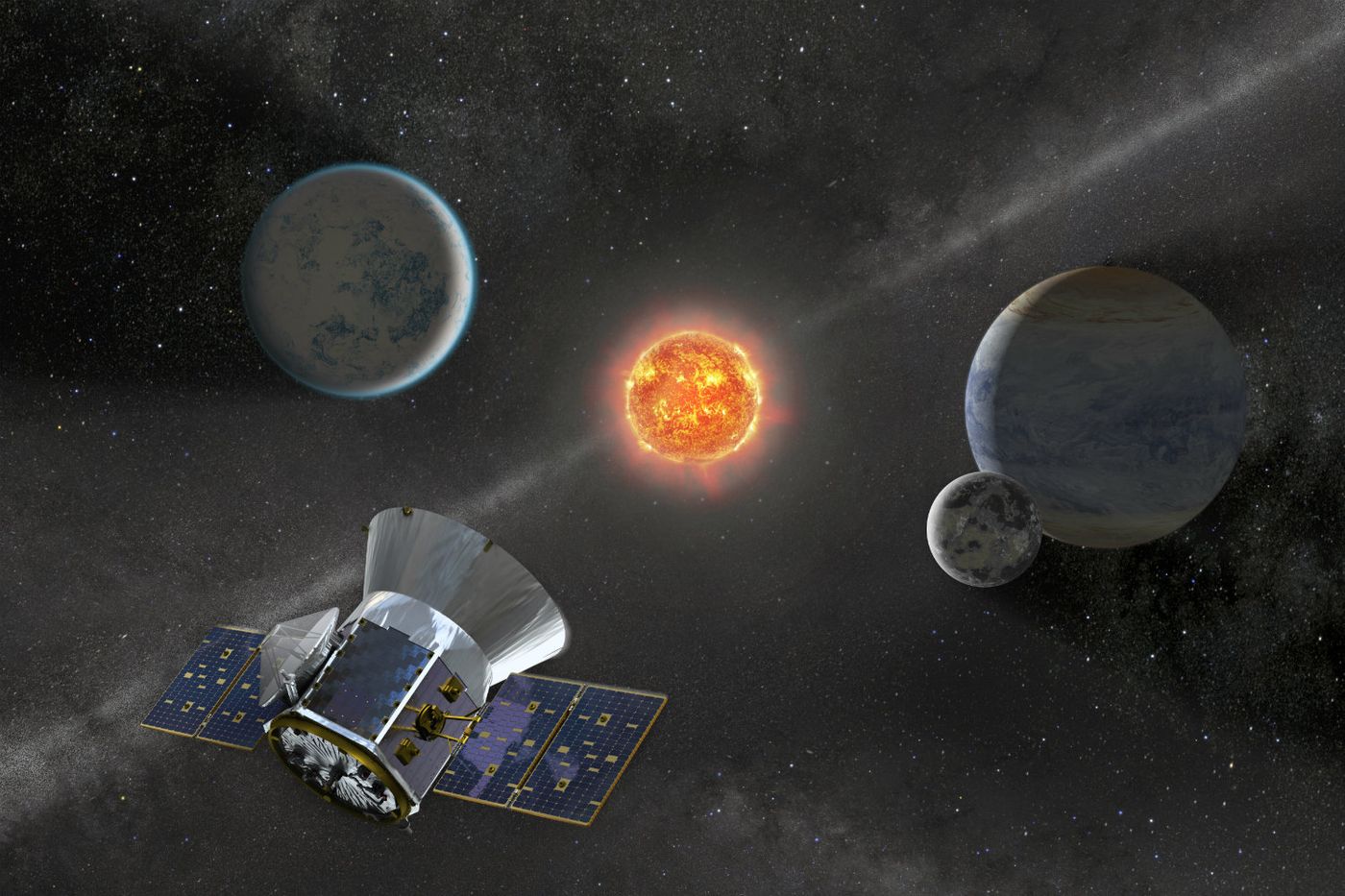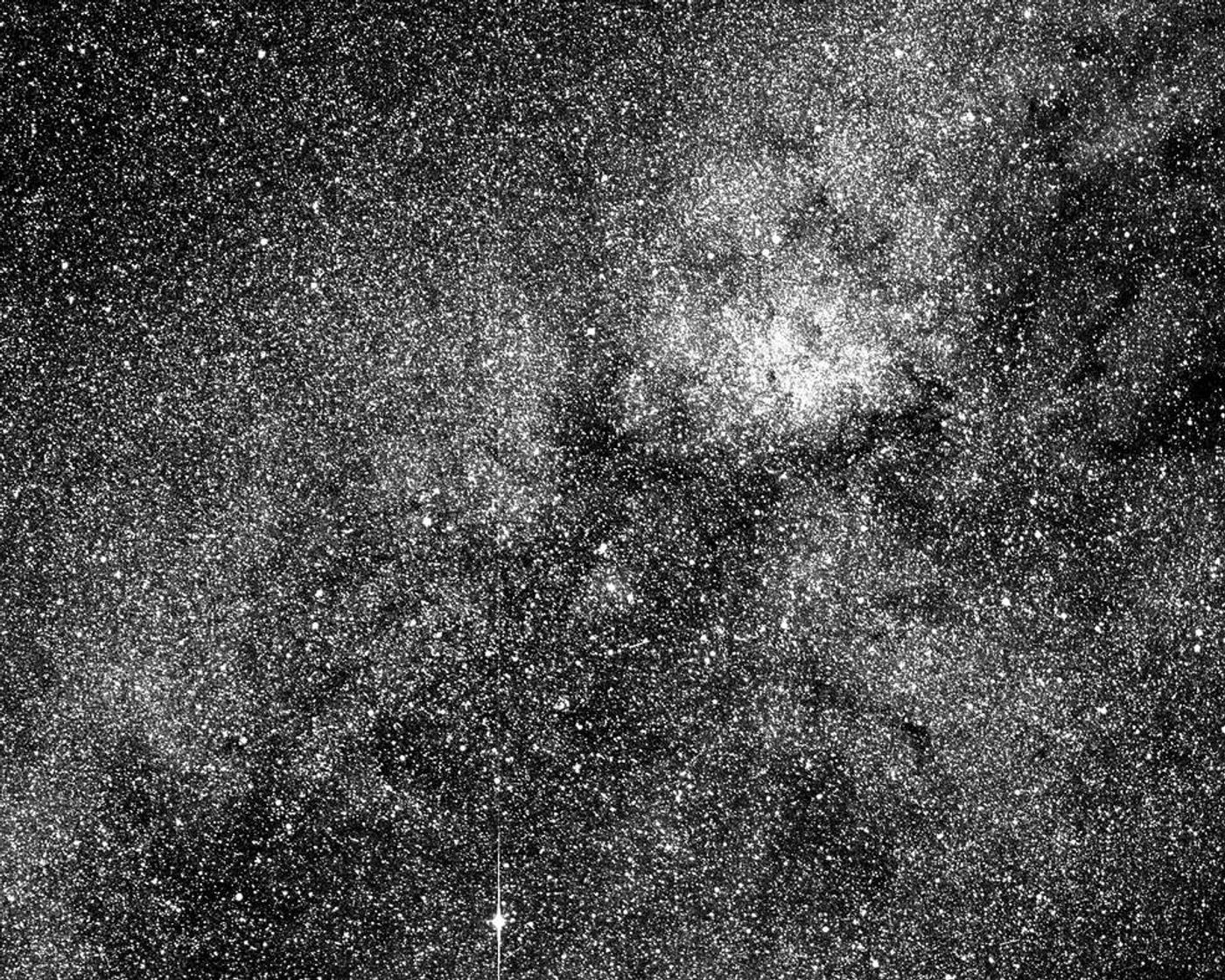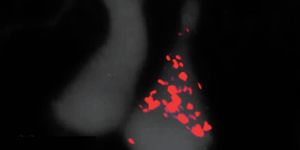NASA's TESS Spacecraft is Well On its Way to Destination Orbit
It’s been about a month since NASA’s Transiting Exoplanet Survey Satellite (TESS) mission launched into space from Cape Canaveral, Florida via a SpaceX Falcon 9 rocket. Nevertheless, plans concerning the mission seem to be falling into place already.
Image Credit: NASA
In an official statement released by NASA, we learn that TESS completed a successful lunar flyby maneuver last Thursday that helped put the spacecraft on course for its intended destination: a highly-elliptical orbit around the Earth.
During the maneuver, TESS flew past the lunar surface within roughly 5,000 miles. In doing so, the Moon’s gravitational pull behaved just like a slingshot and accelerated TESS along its projected trajectory. NASA refers to these types of maneuvers as “gravity assists.”
But that wasn’t all TESS accomplished; citing NASA’s statement, the spacecraft also performed vital camera imaging tests with one of the spacecraft’s four onboard imaging devices to ensure proper function. The two-second camera test yielded the image shown below:
Image Credit: NASA/MIT/TESS
By May 30th, TESS will be far enough away from Earth to commence its highly-elliptical orbit. Once realized, the spacecraft’s onboard thruster engines will ignite to stabilize its position.
Related: Here's what the TRAPPIST-1 system looks like from Kepler's perspective
After TESS reaches its final destination, the spacecraft will begin searching far and wide for significant dips in starlight from distant stars. Astronomers use this method somewhat often as a means of discovering distant exoplanets.
NASA’s Kepler Space Telescope fulfills similar tasks, but it’s running out of fuel and won’t be able to continue space research for too much longer. The hope is that TESS will continue Kepler’s legacy, permitting astronomers to find out more about planetary formation and exoplanetary habitability.
Assuming NASA’s James Webb Space Telescope doesn’t face any additional delays, it could become a powerful tool for validating TESS’ findings as soon as 2020. It should be interesting to see what astronomers will find as these two new missions launch and begin scientific observations.
Source: NASA










